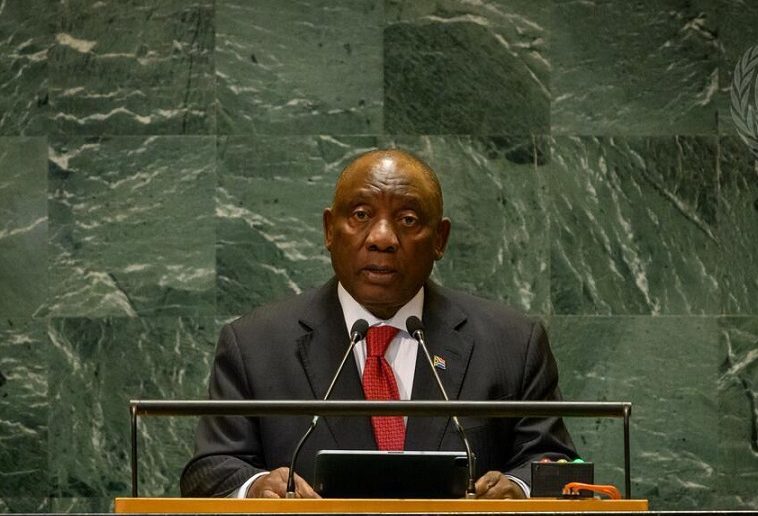Microfinance is a key tool in combating poverty across Africa, and promoting economic empowerment. This financial tool, which include small-scale loans and financial services to underserved populations, has proven to be a critical component in supporting the sustainable development of the continent.
Microfinance in Africa began gaining momentum in the 1990s with institutions like the Grameen Bank inspiring a wave of similar ventures. As of 2024, the microfinance sector has witnessed exponential growth, with over 3,000 MFIs operating across the continent, according to the African Development Bank (AfDB). These institutions provide essential financial services—ranging from microloans to savings and insurance—to individuals and small businesses traditionally excluded from the formal banking system.
Impact on Poverty Alleviation
According to the World Bank, over 60% of Africa’s population lives on less than $1.90 a day, a threshold defining extreme poverty. Microfinance institutions (MFIs) offer a glimmer of hope by providing access to capital for entrepreneurship and small businesses, which are essential for economic growth.
Microfinance has contributed to a 15% reduction in poverty rates in several African nations over the past decade. In countries such as Kenya, Uganda, and Ghana, microfinance has empowered over 20 million people by enabling them to start or expand small businesses, thereby increasing their income and economic stability.
Key Statistics and Reports
- Growth in Microloans: The total value of microloans disbursed in Africa reached approximately USD 8 billion in 2024, a significant increase from USD 4.5 billion in 2019 (Microfinance Information Exchange, MIX).
- Employment Generation: MFIs are estimated to have created over 5 million jobs in Africa, with a notable impact in rural areas where formal employment opportunities are scarce (International Finance Corporation, IFC).
- Women Empowerment: Women constitute over 70% of microfinance clients in Africa, underscoring the sector’s role in advancing gender equality. The McKinsey Global Institute highlights that women’s participation in microfinance has led to a 25% increase in household incomes and improved access to education and healthcare.
Challenges and Future Outlook
Despite its successes, the microfinance sector in Africa faces challenges, including high default rates and limited access to capital. However, innovative models such as digital microfinance platforms are emerging as solutions. The integration of mobile technology has facilitated broader reach and more efficient service delivery, exemplified by initiatives like M-Pesa in Kenya.
The future of microfinance in Africa looks promising, with ongoing investments and strategic partnerships aimed at scaling impact. The sector is expected to play a crucial role in achieving the United Nations Sustainable Development Goals (SDGs), particularly Goal 1: No Poverty.
In summary, microfinance continues to be a vital tool in the quest for economic empowerment and poverty alleviation in Africa. As the sector evolves, its ability to adapt and innovate will determine its effectiveness in meeting the diverse needs of Africa’s growing population.




